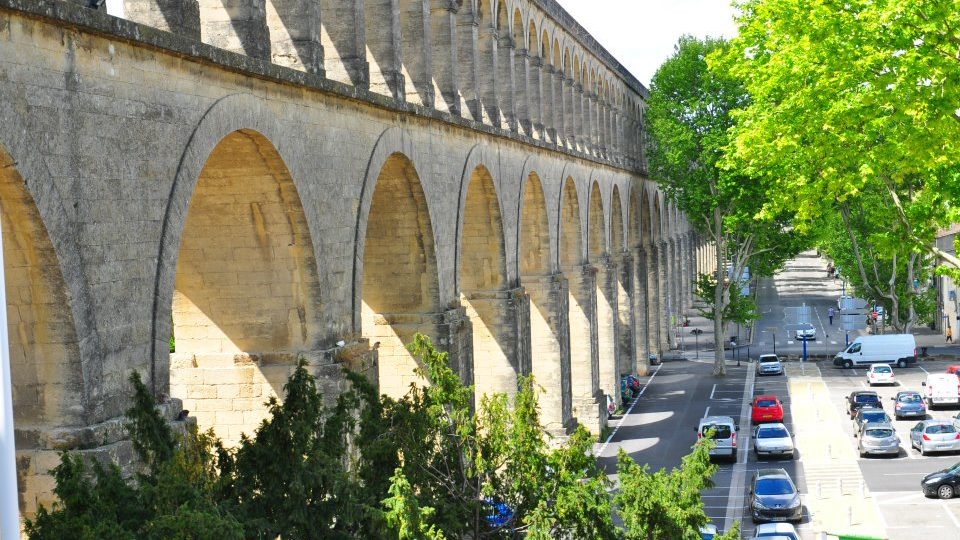What is Montpellier Known For
Montpellier is an easy-going place, a sun-kissed and sparsely populated city known for many great things. Every year there is a wave of new residents, mostly tourists who visit to feel the city’s energy and experience the warmth it offers. The student population is particularly burgeoning, and you can feel the vibrancy as soon as you arrive.
Usually overlooked for the bigger French cities in the south like Nice and Toulouse, the city is steadily breaking forth from the shadow of its neighbors, honed to show its own peculiar appeal.
Here Are Some Things Montpellier is Known for:
Triumphal Arch (Porte du Peyrou)
The majestic entryway to the Promenade de Peyrou was made on the Porte Saint-Denis in the French capital and finished in 1693. For those who are familiar with French history, especially the rule of the Sun King (Louis XIV), visitors can spend some time exploring the arch’s inscriptions and reliefs, narrating the (one-sided) tale of the major events in his rule.
The Capture of Namur forms the Nine Years’ War and a figure presenting the Netherlands bowing to courtesy to the king. There is also a relief displaying the narrowing of the Canal des Deux Mers, a massive engineering project that linked the Bay of Biscay with the Mediterranean Sea in the 17th-century.

>>Also Read: Montpellier Travel Guide
Traditional Markets
Markets are a key part of French life, as you will observe when you visit. In Montpellier, locals do not joke with their markets. You get whatever you want- packages to impressive buyers. Some markets in Montpellier are well known throughout the southern region because of their specialty.
Maybe you are looking to cook food instead of eating out, or you simply want to feel the vibe of an active setting like any of Montpellier’s markets, the city has an amazing collection of specialist, local, and covered markets. The ingredients are great, and the produce are fresh.
>>Also Read: Thing To Do In Montpellier
Pic Saint-Loup
Another thing Montpellier is known for is Pic Saint-Loup. With gorgeous beaches to its south, about 25 minutes north of the city, is Pic Saint-Loup. It is a mountain ascending from a region of scrub land where the Cevennes foothills begin. There are incredible hiking paths throughout the region, and the views from the top are stunning. To reach Pic Saint-Loup from the city, many bus lines operate throughout the week.
Écusson – Old Town
This is the city’s historic center. The Écusson is a pedestrianized part of Montpellier, and it spurs visitors to stroll slowly through the speckled streets before they show up at boutique shops and cafes. They can proceed to Rue de la Loge, that itself is a new street, and veer in another direction, choosing a smaller street. In no time, they will approach a place circled by sandstone buildings that opens up into various chic squares.
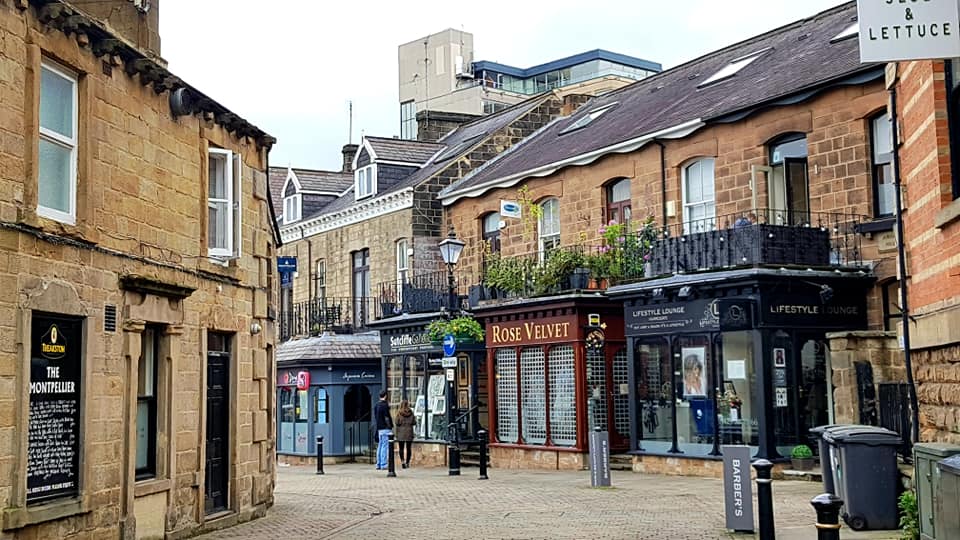
Promenade du Peyrou
At the peak of the city and west of the old walls, Promenade du Peyrou was designed in the time of Louis XIV. The square was not completed because of a period of violence at the beginning of the 1700s. In the 18th-century, however, it was completed.
Here, there are many interesting details, like the Louis XIV from 1828, in the place is an earlier version that had been melted down to forge cannons. The statue shows the king on horseback, pointing his arm towards Spain.
In the 1700s, Chateau d’Eau is a large water tower serviced by the Saint-Clement Aqueduct, which crosses the square and is 14 km long. Every Sunday, there is a flea market under the arches of the aqueduct, which is made on the stately Pont du Gard.
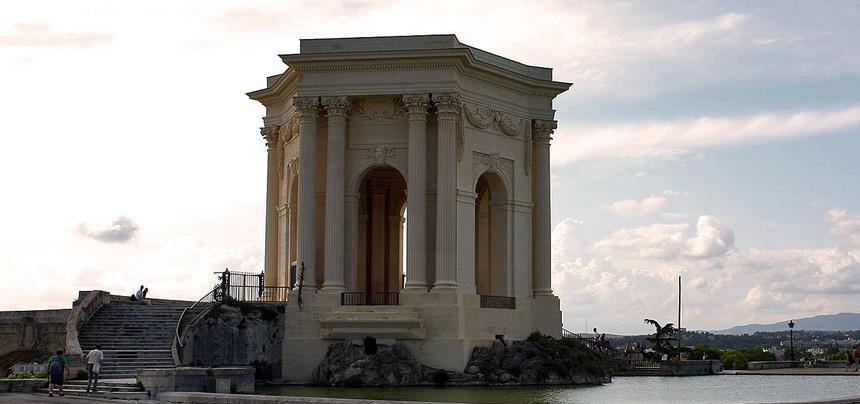
>>Also Read: Is Montpellier Safe
Montpellier Cathedral
The Wars of Religion of the 1500s in France affected the city’s churches, and even though it took big hits, the gothic Cathedrale de Saint-Pierre stands today. This place used to be a monastery chapel till the diocese of Maguelone was converted to the city during the rule of Francis I in the mid-1500s.
Montpellier Cathedral may take you by surprise as it is concealed among the cluster of streets in the old quarter. The highlight here is the large portal with its twin pillars that are over 4.5 m in diameter.
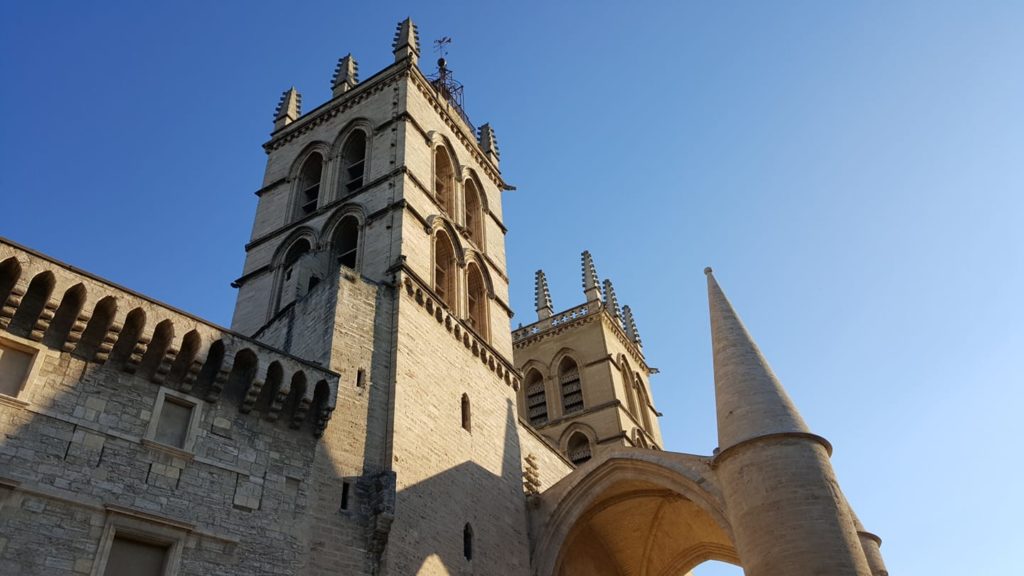
>>Also Read: Must-See Cathedrals In Paris and France
Its Huge Mansions
About 100 massive mansion- referred to as ‘hôtels particuliers’- were built in and around the city by rich merchants and members of royalty in the 1600s and 1700s. The Montpellier Tourist Office can help you explore a few of these on a guided tour. Château de Flaugergues and Château de la Mogere are two widest known to visit, offering a glance into the affluence and life of the city’s elite in past times.
Pavillon Populaire
In a special spot on the Esplanade Charles de Gaulle is a stunning new art building built at the end of the 1800s. For over a century, it has been the site of different types of public exhibitions of photography.
Every year, there are about three exhibitions showcasing the most revered 1900s photographers like Jakob Tuggener, Bernard Plossu, or Brassaï. When visitors come to the city, there will be a unique thing for them if they can recognize good art.
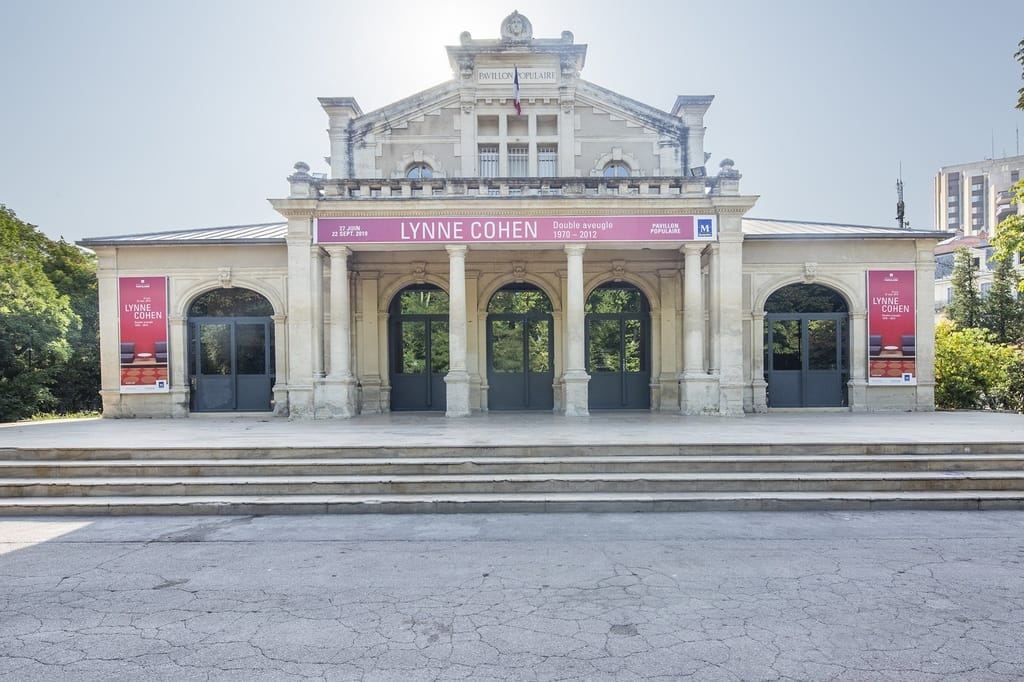
Montpellier’s Hotels
Part of the things that gives the city’s old center its class is its top hotels, lush 1600s and 1700s mansions. A lot of them are from when the city was the capital of Languedoc in Louis XIV’s rule and was built for members of his government and court.
There are about 13 mansions in total, and visitors can access the full itinerary from the tourist office. Part of the highlights here is the Hotel de St-Come, which has an anatomical theatre built with money from Francois Gigot de la Peyronie and Hotel de France, which is from the 1400s.
>>Also Read: How to Get from Paris to the South of France
Montpellier Zoological Park
The owner of the Hotel des Tresoriers, Henri de Lunaret, also owned the estate where the city’s zoo is located, and he willed the land to Montpellier on the condition that it has a charitable aim. The zoo has existed since 1964 and is surrounded by a nature reserve on the rough Lez River banks.
In the zoo, there are more than 750 animals, from 140 species like white rhinos, giraffes, Syrian brown bears, and cheetahs. There are also about 6 “biozones”, blending habitats from different parts of the world. For the kids, there is a learning farm with tame sheep and goats to feed.

Aquarium Mare Nostrum
On a rainy day, one can easily stay a few hours at the city’s aquarium that is about to clock its first ten years and boasts of about 400 freshwater and marine species in tanks numbering about three million liters.
The highlight here is the central pool, 10 by 18 m, which is the largest in the country. Visitors will see creatures like penguins from South Africa, a massive range of rays and sharks, and a touch pool where children can discover what a starfish’s back feels like.

Things Montpellier Is Known For – Summary
Montpellier is known for its panache and style, as you will observe the moment you step into the city. If you are traveling with kids, the city is primed for them, and there will be no dull moments. From an impressive aquarium and zoo to fine sandy beaches on the coast, the city of Montpellier has enough to keep you thrilled throughout your holiday.
